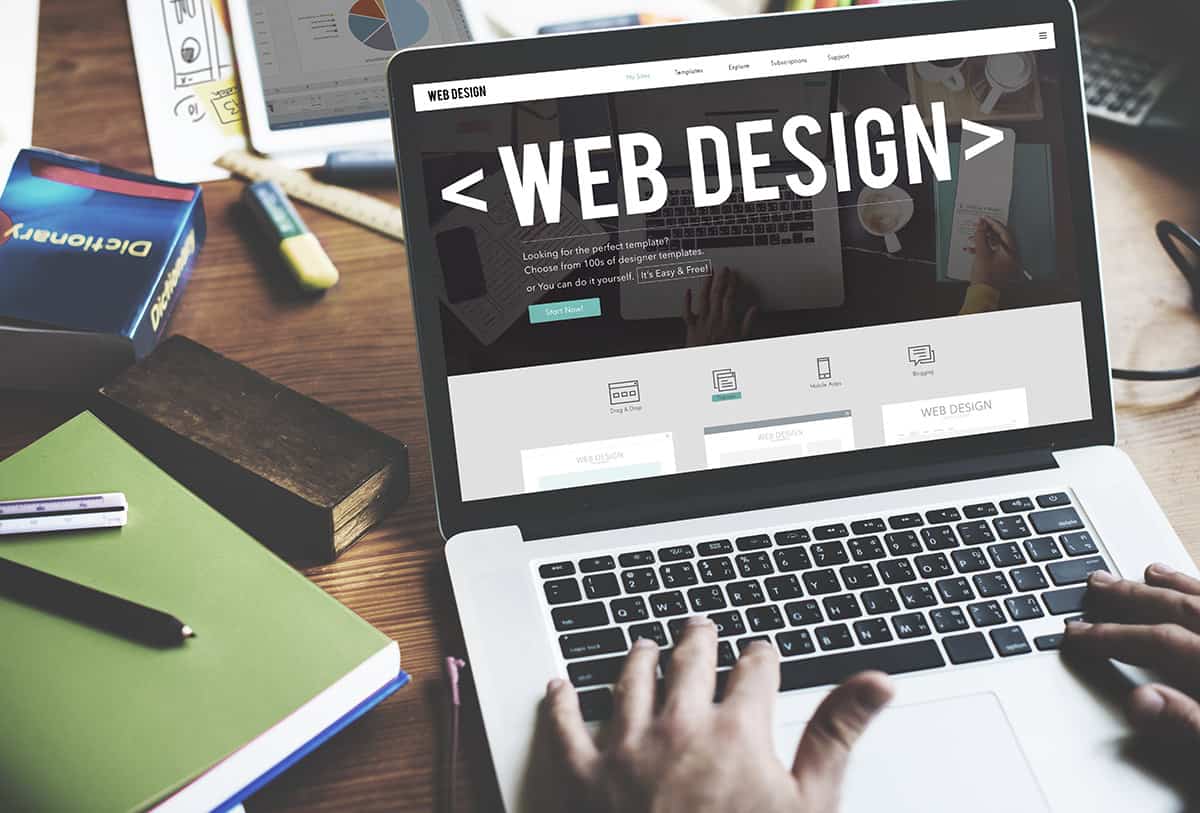In the vast landscape of the internet, where billions of websites compete for attention, the role of a web designer emerges as a crucial element in shaping digital experiences. A web designer is not merely a creator of aesthetically pleasing layouts but a visionary who orchestrates the fusion of functionality and artistry to craft compelling online destinations. Let’s delve into the multifaceted world of web design and explore the skills, responsibilities, and impact of these digital artisans.

The Art and Science of Web Design
At its core, web design is the intersection of creativity and technology. It blends Web designer dubai principles with coding proficiency to construct user-centric interfaces that seamlessly navigate users through a digital journey. A web designer must possess a diverse skill set encompassing:
- Visual Design: Mastery of color theory, typography, and layout principles to create visually engaging compositions that communicate brand identity and enhance user experience.
- User Experience (UX) Design: Understanding user behavior and psychology to design intuitive navigation flows, information architecture, and interactive elements that optimize usability and accessibility.
- Coding Proficiency: Proficiency in HTML, CSS, and often JavaScript to translate design concepts into functional web pages, ensuring compatibility across different devices and browsers.
- Responsive Design: Ability to design and develop websites that adapt fluidly to various screen sizes and resolutions, providing a consistent experience across desktops, tablets, and smartphones.
- SEO Awareness: Knowledge of search engine optimization (SEO) principles to optimize website structure and content for improved visibility and ranking on search engine results pages (SERPs).
The Role in Practice
In a professional setting, web designers collaborate closely with clients, stakeholders, and other team members, such as developers and marketers, throughout the entire project lifecycle. Their responsibilities typically include:
- Requirement Analysis: Understanding client objectives, target audience demographics, and project scope to establish design goals and deliverables.
- Conceptualization: Brainstorming and sketching design concepts, wireframes, and prototypes to visualize the website’s layout, functionality, and user flow.
- Design Iteration: Soliciting feedback, incorporating revisions, and refining design elements based on usability testing and client input to achieve the desired aesthetic and functionality.
- Collaboration: Working closely with developers to ensure seamless integration of design assets and adherence to coding best practices, performance optimization, and web standards.
- Continual Learning: Staying abreast of emerging design trends, technological advancements, and industry best practices through workshops, conferences, and online resources to enhance skill proficiency and innovation.
Impact and Future Trends
The impact of web design transcends mere aesthetics; it directly influences user engagement, brand perception, and business success. A well-designed website can captivate audiences, drive conversions, and foster brand loyalty, while a poorly executed one may deter visitors and undermine credibility.
Looking ahead, the field of web design continues to evolve in response to technological advancements and shifting user expectations. Trends such as immersive multimedia experiences, minimalistic interfaces, micro-interactions, and voice user interfaces (VUIs) are reshaping the digital landscape, challenging designers to innovate and adapt to emerging paradigms.
Conclusion
In an era defined by digital connectivity, the role of a web designer remains indispensable in shaping online experiences that captivate, inform, and inspire. By blending artistic flair with technical prowess and a deep understanding of user needs, web designers wield the power to transform pixels into memorable journeys that leave a lasting impression on the digital canvas of the internet. As technology progresses and user behaviors evolve, the role of the web designer will continue to evolve, driving innovation and shaping the future of digital interaction.